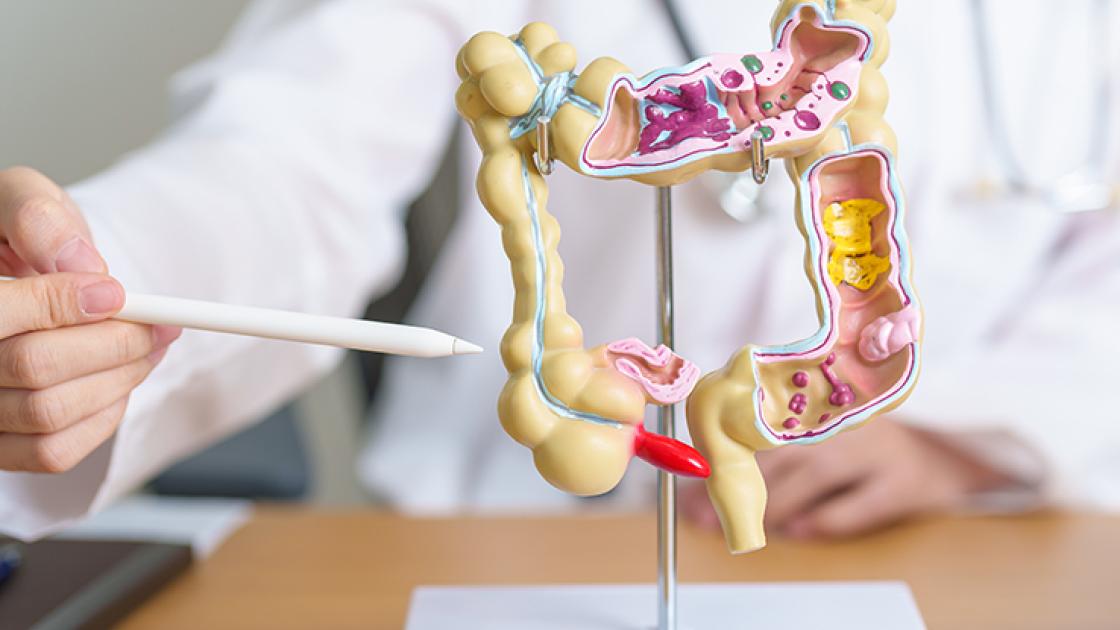
What to expect: Your first mammogram
A mammogram—an X-ray picture of breast tissue—is a valuable tool that can screen for breast cancer. In many cases, mammograms can detect breast cancer even before a woman notices any symptoms. Early detection allows doctors to initiate appropriate treatment sooner, which may improve outcomes and reduce costs.
Most women over the age of 45 are advised to get mammograms every year, or once every two years once they reach age 55. However, the exact frequency and timing of mammograms varies for different women. If your doctor has advised you to get your first mammogram, you might have a lot of questions or concerns about what the procedure will be like.
Here are some things you may find helpful as you prepare for your appointment.
Consider scheduling your mammogram around your period
If you haven't started menopause yet and still get your period, try scheduling your mammogram sometime in the week after your menstrual period ends. For most women, this is when their breasts are the least tender.
Skip the deodorant
Don't wear powders, perfumes or deodorant on the day of your mammogram. These personal care products might show up on an X-ray and can be mistaken for breast tissue abnormalities. (Feel free to bring these items with you to put on once your mammogram is over.)
Plan your outfit wisely
During the mammogram, you will need to stand in front of the X-ray machine with your breasts exposed, so you'll need to undress from the waist up (you may also be given a hospital gown to wear that is open to the front). For your ease and privacy, we recommend that you wear a shirt or blouse and separate bottoms instead of a dress.
If you have a disability that makes it difficult or impossible for you to stand, let our staff know when you call to schedule your mammogram so we can make sure to accommodate your needs.
Be prepared for some discomfort
For most women, mammograms are uncomfortable. This is because breast tissue needs to be compressed between two plates during the procedure in order to get a good X-ray image (this compression also helps minimize the amount of radiation that needs to be used). Fortunately, while your entire appointment will take about 30 minutes, the actual amount of time that each of your breasts will be compressed is only about 30 seconds.
If it helps, take some deep breaths before and after the mammogram to help you stay relaxed. You'll just need to stay still and hold your breath while the X-ray image is being taken.
Have realistic expectations—and ask questions!
Mammograms can be incredibly helpful, but they aren't perfect. According to the American Cancer Society, mammograms fail to detect about 1 in 8 breast cancer diagnoses. This is called a false-negative: the mammogram results look normal even though breast cancer is actually present.
Mammograms can also lead to false-positives, in which the results look abnormal even though there is no breast cancer. In fact, mammograms can pick up many structures or changes in the body that aren't necessarily problematic, including cysts or other benign (non-harmful) masses. The problem with false-positives is that they may lead to unnecessary tests—and unnecessary concern for the patient.
So, be sure to ask your provider about the risks, benefits and limitations of breast cancer screening, and don't hesitate to ask other questions about your health or next steps.
Is it time to schedule a mammogram?
Our team at SIU Medicine is committed to helping women from throughout Southern Illinois take a proactive approach to their health. Find a doctor at https://www.siumed.org/doctor and schedule your next mammogram or learn more about our women's health services.




